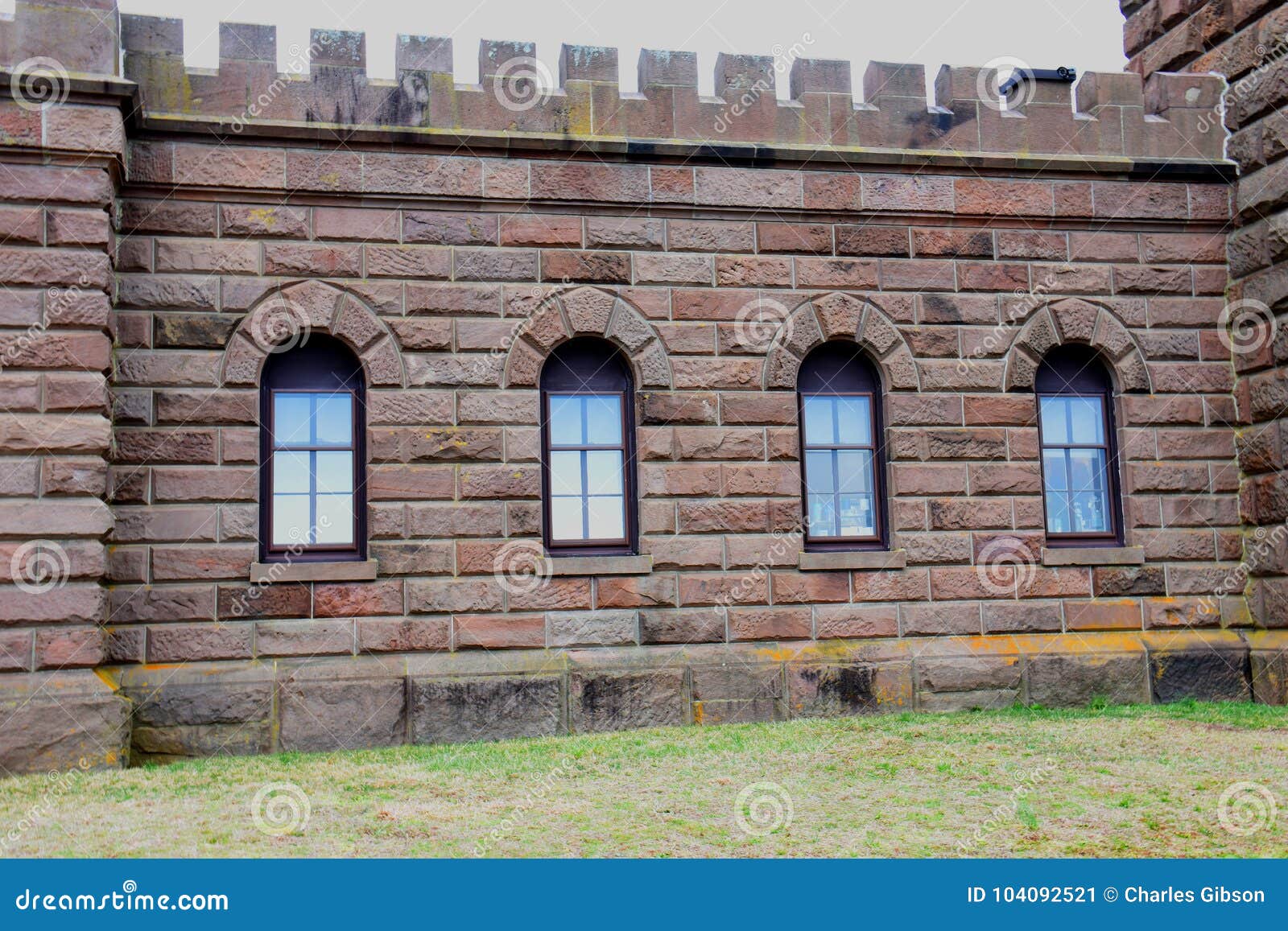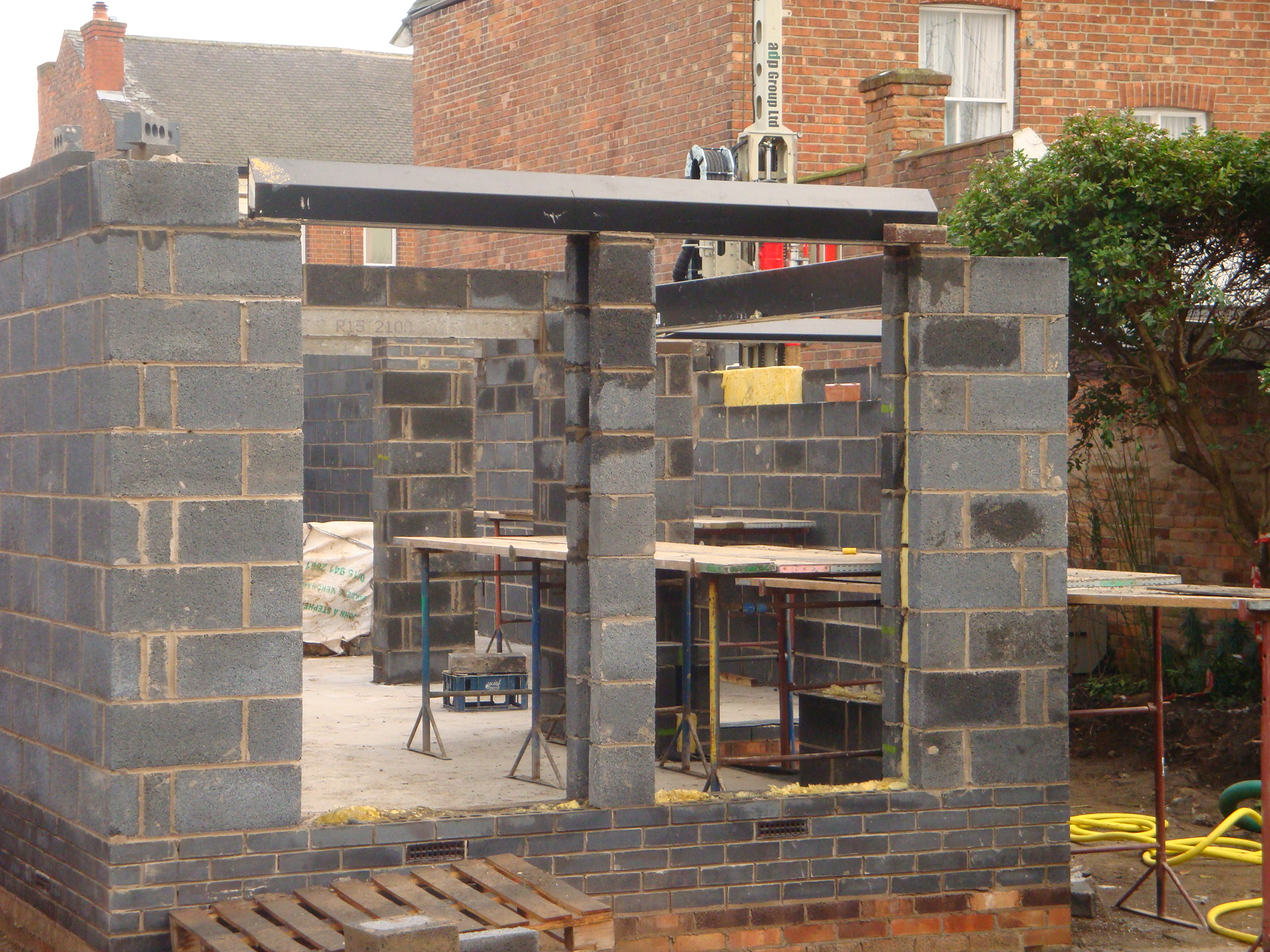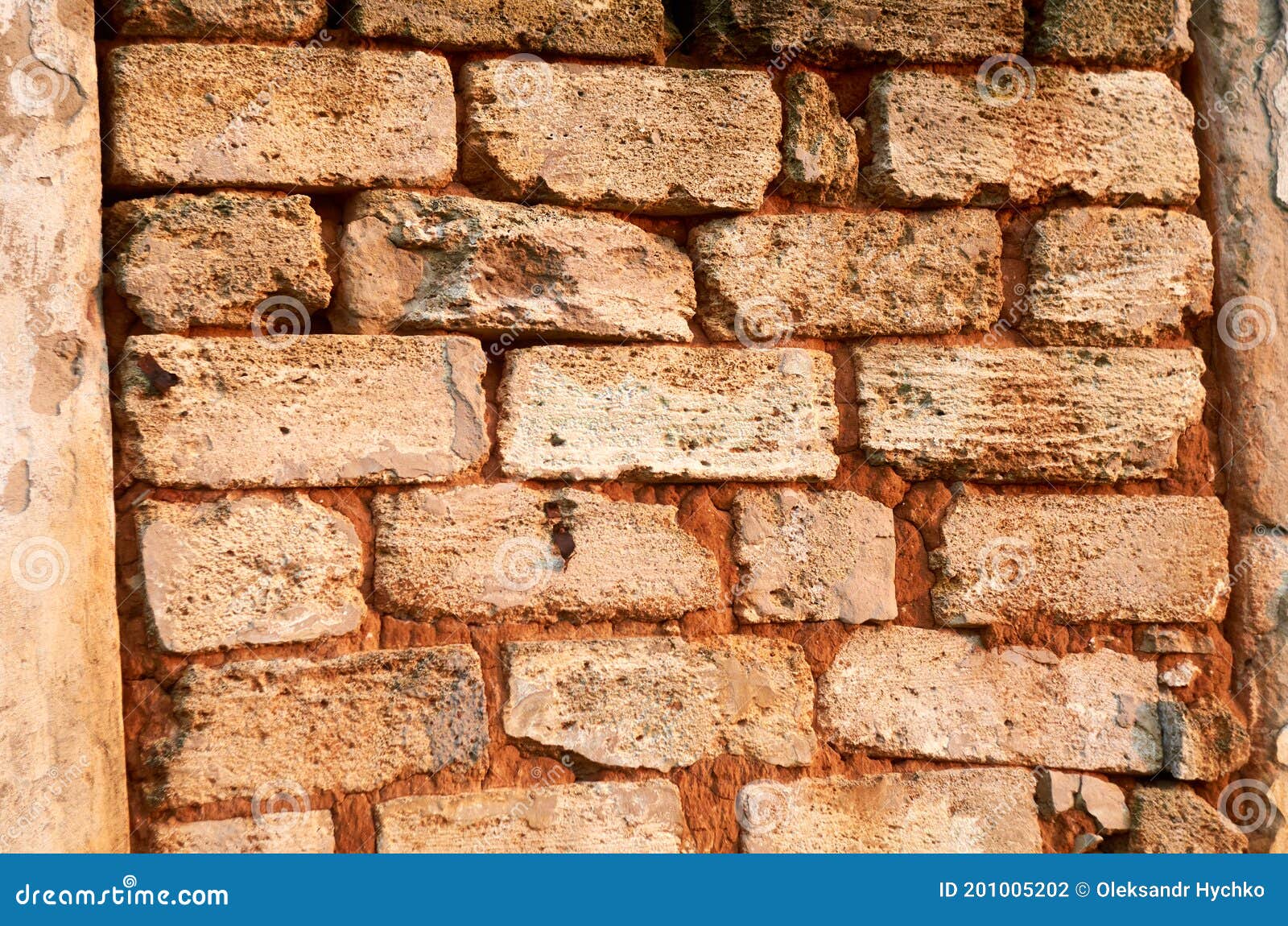How Old Is Blockwork? The Ultimate Guide To Understanding Blockwork Age And Its Applications
Ever wondered how old blockwork is and why it's still relevant today? Well, let me break it down for ya. Blockwork isn't just some fancy construction buzzword; it's a fundamental building technique that has stood the test of time, literally. From ancient civilizations to modern skyscrapers, blockwork has played a crucial role in shaping our world. So, if you're curious about the age of blockwork and its significance, you're in the right place.
Now, before we dive deep into the nitty-gritty details, let's clear the air. Blockwork isn't exactly a newborn in the construction industry. It's been around for centuries, evolving and adapting to meet the needs of different eras. Think of it as the OG of building techniques, always ready to step up its game. But how old is blockwork, really? Stick around, and we'll uncover the truth together.
One thing's for sure—blockwork isn't going anywhere anytime soon. Its versatility, durability, and cost-effectiveness make it a top choice for builders and architects worldwide. Whether you're constructing a residential home or a commercial building, blockwork offers solutions that are hard to ignore. So, let's explore the fascinating world of blockwork and discover why it's still a game-changer in the construction scene.
- Entdecke Lala Kudo Aufstieg Und Einfluss Einer Avikone
- Achtung Ist Kostenlos Wirklich Sicher Der Ultimative Guide Zum Legalen Moviedownloads
What is Blockwork and Why Does It Matter?
Let's start with the basics. Blockwork refers to the process of constructing walls using concrete or cement blocks. These blocks are typically larger than traditional bricks, making them more efficient and faster to install. Now, you might be thinking, "Why should I care about blockwork?" Well, here's the deal—it's not just about building walls; it's about creating structures that are strong, durable, and energy-efficient.
Blockwork has gained popularity due to its numerous advantages. First off, it's incredibly strong, making it ideal for load-bearing walls. Secondly, it offers excellent thermal and acoustic insulation, which translates to lower energy bills and a quieter living environment. Lastly, it's cost-effective, especially for large-scale projects. So, whether you're a homeowner, a contractor, or an architect, blockwork is worth considering for your next project.
How Old is Blockwork Really?
Now, onto the main question—how old is blockwork? Believe it or not, blockwork has been around for thousands of years. The ancient Egyptians used limestone blocks to build the pyramids, and the Romans perfected the art of concrete block construction. Fast forward to the 19th century, and blockwork began to take shape as we know it today.
- Schockierende Einblicke Was Sind Gore Sites Wirklich Eine Analyse
- Filme Finden Leicht Gemacht Dein Guide Durch Die Streamingwelt
In the late 1800s, the invention of Portland cement revolutionized the construction industry, paving the way for modern blockwork. Cement blocks became a staple in construction, offering a more efficient and cost-effective alternative to traditional bricks. So, while blockwork may not be as ancient as the pyramids, it's certainly been around long enough to prove its worth.
The Evolution of Blockwork Over Time
From Ancient Civilizations to Modern-Day Construction
Let's take a trip down memory lane and explore how blockwork has evolved over the centuries. In ancient times, civilizations like the Egyptians and Romans relied heavily on stone and concrete blocks to construct monumental structures. These early forms of blockwork were labor-intensive but incredibly durable, standing the test of time for thousands of years.
As technology advanced, so did blockwork techniques. The Industrial Revolution brought about new materials and methods, making blockwork more accessible and affordable. Today, blockwork continues to evolve, incorporating innovative technologies like lightweight blocks, hollow blocks, and even eco-friendly options. The possibilities are endless, and the future of blockwork looks brighter than ever.
Key Benefits of Using Blockwork
Why Choose Blockwork for Your Next Project?
Alright, let's talk about the perks of using blockwork. First and foremost, blockwork is incredibly strong and durable. It can withstand the test of time, making it an excellent choice for long-lasting structures. Additionally, blockwork offers superior thermal and acoustic insulation, keeping your home cozy and quiet. And let's not forget about its cost-effectiveness—blockwork is a budget-friendly option that doesn't compromise on quality.
Here's a quick rundown of the key benefits of blockwork:
- Strength and durability
- Excellent thermal and acoustic insulation
- Cost-effective and efficient
- Versatile and adaptable
- Eco-friendly options available
Types of Blockwork
Not all blockwork is created equal. There are several types of blocks used in construction, each with its own unique properties and applications. Let's take a closer look at some of the most common types of blockwork:
Concrete Blocks
Concrete blocks are the most widely used type of blockwork. They're made from a mixture of cement, sand, and aggregate, making them incredibly strong and durable. Concrete blocks are often used for load-bearing walls and foundations, providing excellent structural support.
Hollow Blocks
Hollow blocks, as the name suggests, are blocks with hollow cavities. These cavities make them lighter and easier to handle, while still maintaining their strength. Hollow blocks are often used for partition walls and non-load-bearing structures.
Lightweight Blocks
Lightweight blocks are made from materials like aerated concrete or clay, making them easier to transport and install. They offer excellent thermal insulation and are often used in energy-efficient buildings.
Applications of Blockwork
Where Can You Use Blockwork?
Blockwork is incredibly versatile and can be used in a variety of applications. From residential homes to commercial buildings, blockwork offers solutions for every construction need. Here are some of the most common applications of blockwork:
- Load-bearing walls
- Partition walls
- Foundations
- Fencing and retaining walls
- Interior and exterior cladding
No matter what your construction needs are, blockwork has got you covered. Its flexibility and adaptability make it a top choice for builders and architects worldwide.
The Environmental Impact of Blockwork
Is Blockwork Eco-Friendly?
With increasing concerns about climate change and environmental sustainability, it's important to consider the environmental impact of construction materials. So, is blockwork eco-friendly? The answer is a resounding yes and no. Traditional concrete blocks have a significant carbon footprint due to the production of cement. However, advancements in technology have led to the development of eco-friendly blockwork options, such as aerated concrete blocks and clay blocks.
These eco-friendly alternatives offer better thermal insulation, reducing the need for heating and cooling systems. They also have a lower carbon footprint compared to traditional concrete blocks, making them a more sustainable choice. So, if you're looking to go green with your construction project, consider using eco-friendly blockwork options.
Common Misconceptions About Blockwork
Despite its numerous advantages, blockwork is often misunderstood. Let's debunk some of the most common misconceptions about blockwork:
- Blockwork is only for industrial buildings: False! Blockwork can be used for residential homes, commercial buildings, and even landscaping projects.
- Blockwork is more expensive than bricks: Not necessarily. While the initial cost of blockwork may be higher, its efficiency and durability make it a cost-effective option in the long run.
- Blockwork is not aesthetically pleasing: Wrong! With modern design options, blockwork can be just as attractive as traditional bricks, if not more.
So, if you've been hesitant about using blockwork due to these misconceptions, it's time to rethink your stance. Blockwork is a versatile, cost-effective, and aesthetically pleasing option that deserves a spot in your next construction project.
How to Choose the Right Blockwork for Your Project
Tips for Selecting the Best Blockwork
Choosing the right blockwork for your project can be overwhelming, especially with so many options available. Here are some tips to help you make an informed decision:
- Consider the load-bearing requirements of your project
- Think about the insulation needs of your building
- Assess the aesthetic appeal of different blockwork options
- Evaluate the cost-effectiveness of each option
- Look into eco-friendly alternatives if sustainability is a priority
By taking these factors into account, you'll be able to select the blockwork that best suits your project's needs. Remember, the right choice of blockwork can make all the difference in the success of your construction project.
Conclusion: Why Blockwork is Here to Stay
So, there you have it—the ultimate guide to understanding blockwork and its age. From its ancient origins to its modern-day applications, blockwork has proven to be a reliable and versatile building technique. Its strength, durability, and cost-effectiveness make it a top choice for builders and architects worldwide.
As we've explored, blockwork isn't just about building walls; it's about creating structures that are strong, efficient, and sustainable. Whether you're constructing a residential home or a commercial building, blockwork offers solutions that are hard to ignore. So, the next time someone asks, "How old is blockwork?" you'll know exactly what to say.
Now, it's your turn to take action. Share this article with your friends and colleagues, or leave a comment below with your thoughts on blockwork. And don't forget to check out our other articles for more insights into the world of construction and building techniques. Together, let's build a better future—one block at a time!
Table of Contents
- What is Blockwork and Why Does It Matter?
- How Old is Blockwork Really?
- The Evolution of Blockwork Over Time
- Key Benefits of Using Blockwork
- Types of Blockwork
- Applications of Blockwork
- The Environmental Impact of Blockwork
- Common Misconceptions About Blockwork
- How to Choose the Right Blockwork for Your Project
- Conclusion: Why Blockwork is Here to Stay
- Enthllt Die Karl Malone Affre Gloria Bell Und Die Folgen Schock
- Filmy4wap Co Kostenlose Filme Risiko Oder Chance Jetzt Mehr

Old Architecture, Blockwork and Ironwork Stock Image Image of

Blockwork New Build Eco House

Photo of Blockwork in the Window Stock Photo Image of brown, aging